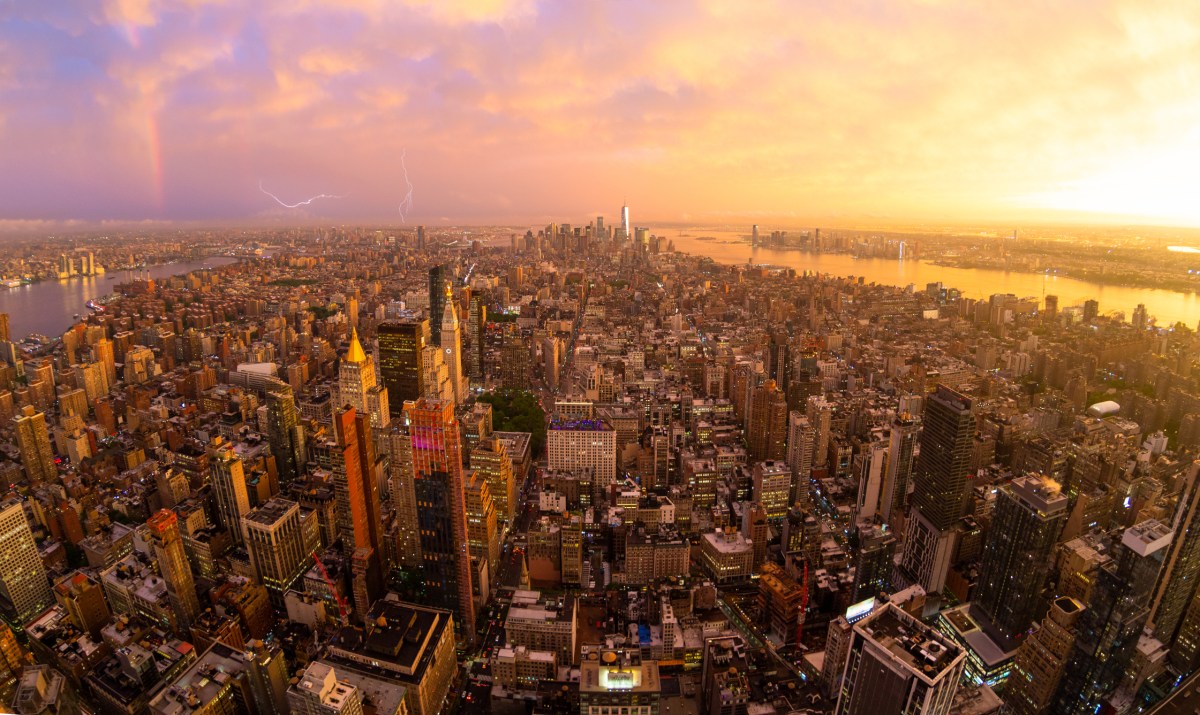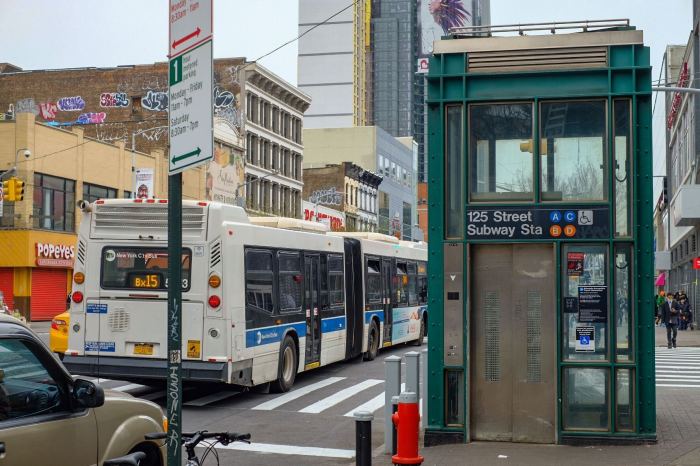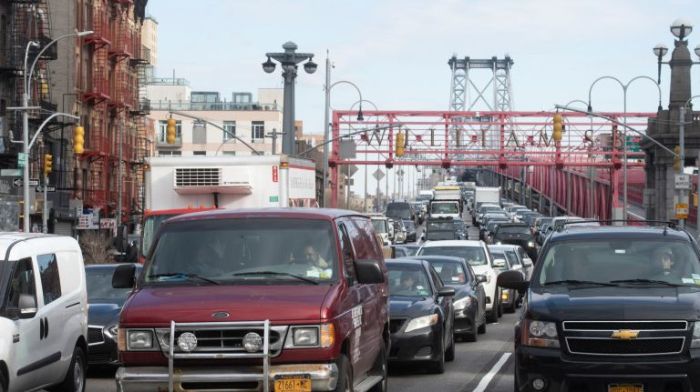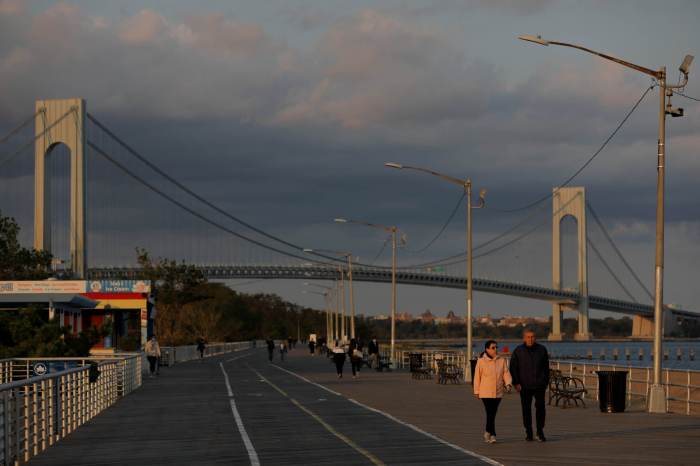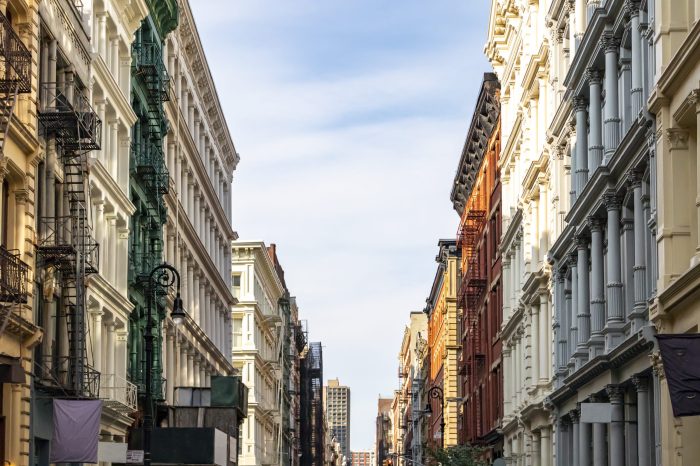How are New Yorkers feeling about the future of the metro region as the yoke of COVID-19 appears to nearly be lifted?
A study from the Regional Plan Association shows that optimism is blooming, but when demographics come into play there may be differences in these feelings based on the specific background of the New Yorkers surveyed by the group with Black, Hispanic and low-income residents feeling the most apprehension.
Kate Slevin, Senior Vice President, State Programs and Advocacy for the Regional Plan Association, said much of this can be attributed to the system being stacked against these groups long before the virus became a reality.
“Different groups in our region were hit by the pandemic in different ways, and structural inequality was visible in the poll results,” Slevin said. “Women and people of color were less satisfied, less optimistic, and more likely to have been more severely affected by COVID. Still, 57% of people are optimistic about our future as we recover from COVID-10. The question now is – will the city and region be able to address some of these longstanding inequalities and recover in a more equitable way?”
For the remaining 43%, according to the RPA, the same old New York problems of how they are going keep a roof over their head or even find a roof to begin with still linger.
“The cost of living, especially housing, remains a huge concern for residents of the region,” Slevin added. “These numbers show residents throughout the region are experiencing a key inflection point in our recovery, and are proof of the resiliency tri-state residents have shown time and time again.”
Global Strategy Group conducted the survey on behalf of the RPA and interviewed 800 adults in the New York metropolitan region and found that people of color were significantly less enthusiastic about how their quality of life will improve in the coming months and years compared men; especially white residents and people making over $100k a year.
“Despite the challenges of the past year, this poll demonstrates the resiliency of residents in our region,” Tom Wright, President of Regional Plan Association, said. “While we’re optimistic about the region’s future, the discrepancies among different groups is a crucial reminder that the pandemic affected people differently.”
Some findings from the survey from the RPA are as follows:
- The high cost of living, crime, and high taxes are perceived as the biggest threats to the metropolitan area. Discrepancies among demographics are also prevalent in this area. Black and women respondents were more likely to select housing un-affordability and high cost of living as the biggest threats. Latinx respondents were more likely to cite crime, and white respondents were more likely to select high taxes.
- Jobs and the economy are top issues New York metro residents want their leaders to focus on. This was particularly a priority for Black and low-income residents.
- The majority of New Yorkers believe the worst of the pandemic is over. Only a quarter say the worst is yet to come, but Latinx residents and parents are more likely to have a more pessimistic outlook.
- Most respondents believe quality of life will improve in the years to come. More than half of New Yorkers, however, say they would move out of their community if they could (52% would move/48% would stay), a noticeable increase since RPA surveyed residents in 2013 (36% would move/62% would stay).
- A vast majority agree life has been difficult during the pandemic, and many were personally affected. While three in four New Yorkers agree that life has been difficult since the coronavirus pandemic began (75% difficult/25% not difficult), Black residents (82% difficult/15% not difficult), Asian-American residents (77% difficult/21% not difficult) and residents making less than $50,000 (82%difficult/15% not difficult) are the most likely to say life has been difficult.
- In addition to health, social isolation, lack of jobs, home payments, and food were other challenges residents faced during the pandemic. While white residents (62%) are more likely than adults overall to say that social isolation is their largest source of stress, Black residents are more likely to point to rent or home payments (48%) and access to food (20%) as their largest sources of stress, and Latinx residents point to lack of a job/job security (37%) and rent or home payments (39%). White residents are more likely to point to social isolation (51%). New York City residents (30%) are more likely than residents outside of New York City (22%) to say rent or home payments are the largest source of stress.
View a memo detailing the data compiled by Global Strategy Group by following this link.



